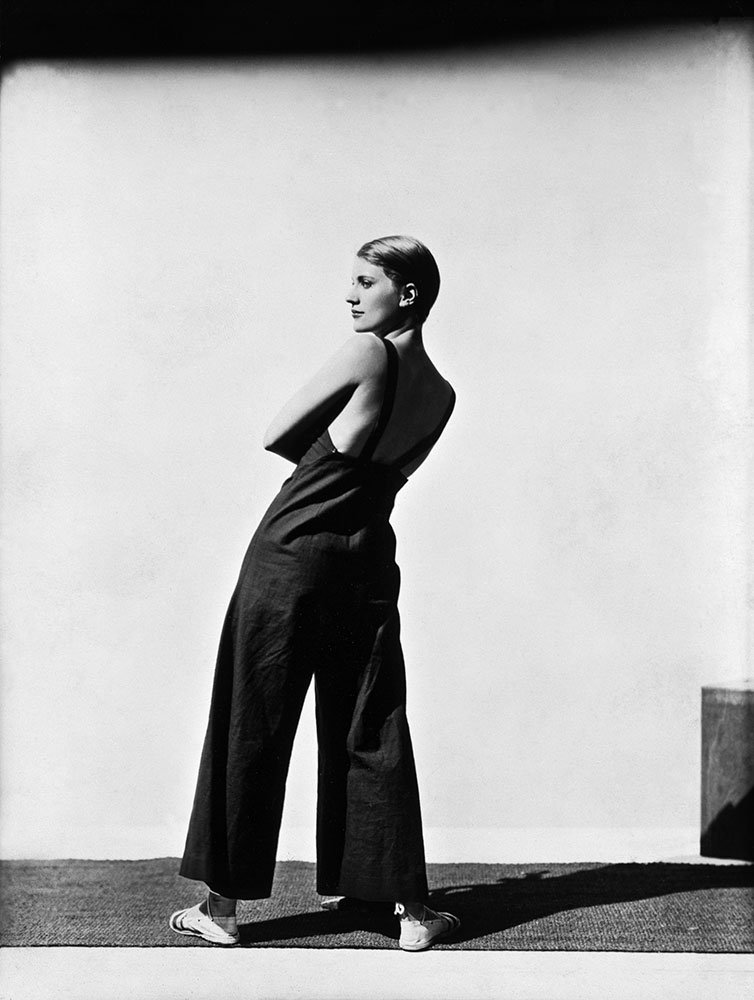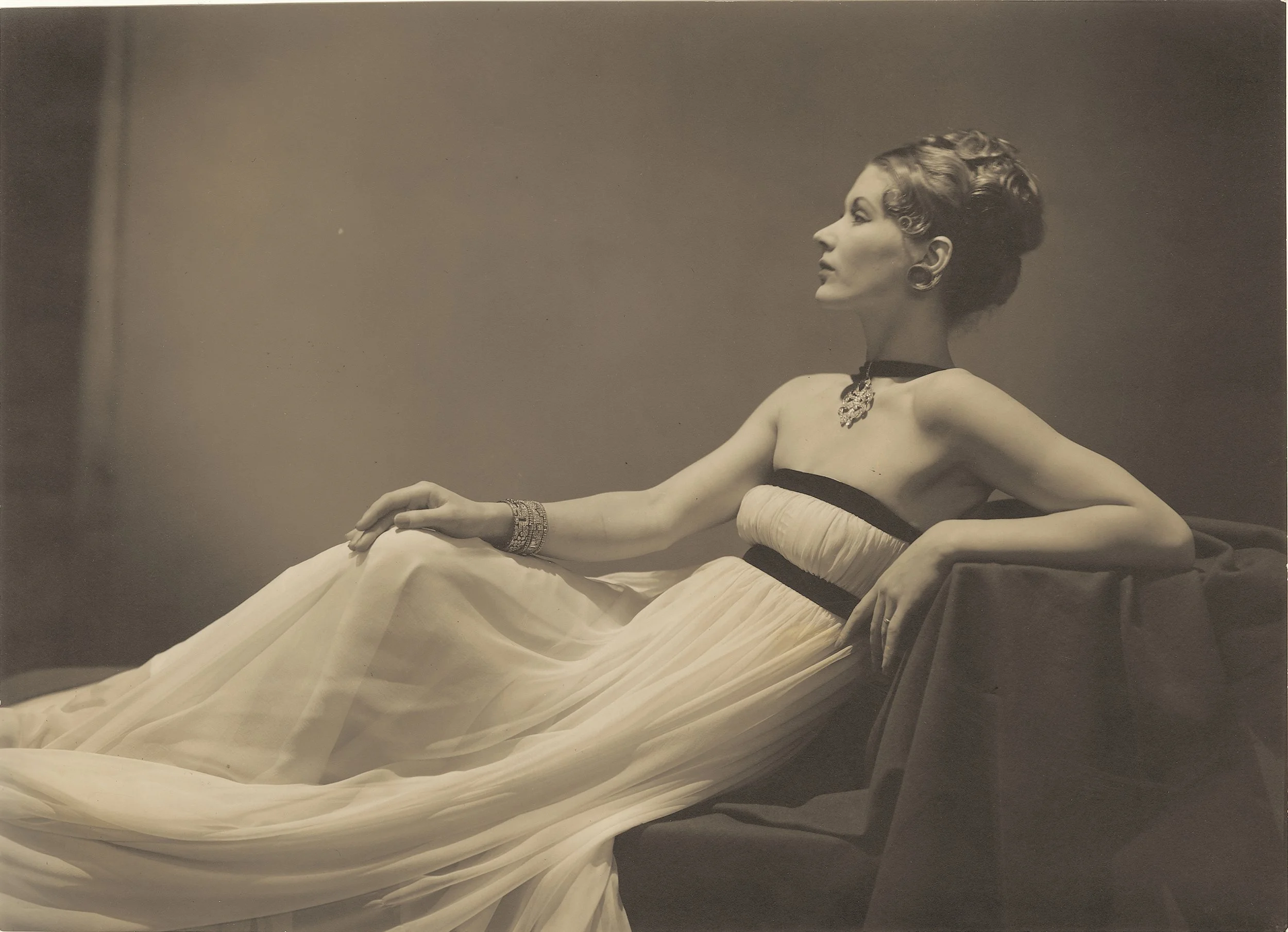George Hoyningen-Huene: Glamour & Style | Jaeger Art
Josephine Baker, 1929, © George Hoyningen-Huene Estate Archives
Written by Makenna Karas
Photo Edited by Kelly Woodyard
Nostalgia is largely a lie, a relentless insistence that things were infinitely better than they really were. Yet, one cannot help but romantically reminisce over the world of the 1920s and 30s as it is presented in “Glamour and Style”, an elegant exhibition showcasing the unique work of photographer George Hoyningen-Huene. On display at Jaeger Art in Berlin through March 23rd, the exhibition invites viewers to step into a portal and be transported back in time to an era of refined grace and decadent class. Insistent on subverting the notion that magazine photography was incongruent with high art, Hoyningen-Huene’s work transcends convention in a stunning array that placed him decades ahead of his time.
Lee Miller and Agneta Fischer, Vogue´s Eye View, 1932, © George Hoyningen-Huene Estate Archives
With his finger on the pulse of artistic epicenters, Hoyningen-Huene spent the majority of his working life in Paris. It was there that he created the iconic image “Josephine Baker, 1929”, featuring the famous French dancer and singer. Within the shot, she poses with a sultry facial expression that echoes the sexual liberation women were just beginning to display in the public sphere. Pearls drip down her body in a cascading array of status that is deemed as both playful and sensual without obstructing high society’s values. In the background, your eye can just make out Baker’s shadow, a subtle, yet looming presence. This is especially poignant, for it is suggestive of the domineering power that Hoyningen-Huene allowed her to fully embody.
Divers, Swimwear by A. J. Izod, 1930, © George Hoyningen-Huene Estate Archives
Further revealing his progressive approach to photographing women, Hoyningen-Huene turns the lens on Lee Miller in his contemporary “Lee Miller, 1930.” Breaking convention, Miller poses as anything but an object of the male gaze. Wearing a pantsuit and taking a wide stance with crossed arms and her back to the camera, she doesn’t even look into the lens. Instead, she comes across as preoccupied with something else entirely, something far more important than your attention. Hoyningen-Huene didn’t try to dishonor her through coercing her into a more submissive pose. Rather, he embraced and celebrated the contemporary angle of modern women in a liberated approach that paved the way for his legacy.
Josephine Baker, 1930, © George Hoyningen-Huene Estate Archives
Close friends with Salvador Dalí, Hoyningen-Huene was also fascinated with how he could tie in elements of surrealism with his classy images of high society. A poignant example of this is “L’Instant Sublime”, where a dressed up, classy couple sits in the middle of an array of nonsensical, dream-like imagery. A telephone, a snail, and an endless bed of water complement and contradict one another to concoct a sensation of surrealism that keeps the eye wandering. It challenges the viewer to displace their expectations and revel in the strange beauty of the utterly absurd.
Lee Miller, 1930, © George Hoyningen-Huene Estate Archives
This endless endeavor to honor the elegance of his era while simultaneously pushing it beyond its bounds is what lends Hoyningen-Huene’s work the longevity that is being beautifully honored with this exhibition.
L´Instant Sublime (Gala and Salvador Dalí), 1939, © George Hoyningen-Huene Estate Archives













